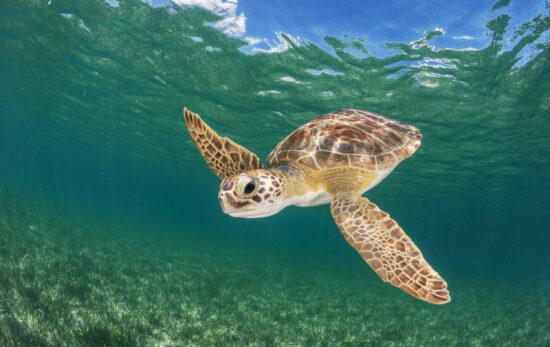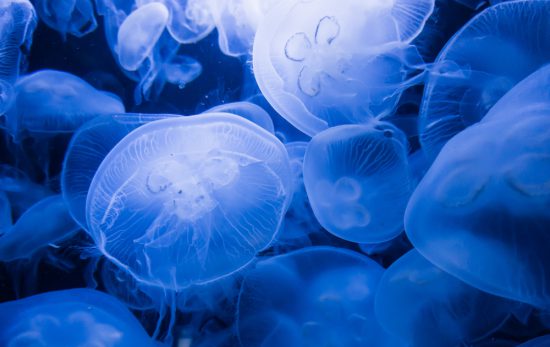Orcas, also known as killer whales and blackfish, are the largest member of the dolphin family and one of the world’s shrewdest predators. Killer whales are not, in fact, whales; but they occasionally attack whales and also great white sharks.
Basic facts about orcas:
A male orca can grow up to 32 feet (9.6 meters) long, and females can be up to 23 feet (8.2 meters) long. A large orca grows to be slightly smaller than a school bus.
The average swimming speed for an orca is 3-4 miles (5 to 6.4 km) per hour, about as fast as a human can walk. When necessary, an orca can swim as fast as 30 mph (48 kph) for a short distance.
Females give birth every three to ten years. Adolescent females orcas have been known to assist the mother in caring for her baby.
Why orcas are known as Wolves of the Sea
Orcas live in large family groups of up to 40 animals known as pods. Resident pods stay in the same general area and feed on local fish while transient pods eat seals, sea lions, squid, and seabirds in addition to fish. Orcas hunt cooperatively in packs and are sometimes referred to as the “wolves of the sea.” It’s important to note: no wild orcas have ever attacked a human.

Where does the name orca come from?
The name “orca” is a shortened version of the animal’s scientific name “orcinus orca.” Some say the name derives from “Orcinus,” the kingdom of the dead. In Roman mythology, Orcinus is the home of Orcus, god of the netherworld. Others say “orca” refers to a Latin word that describes a barrel or cask, a shape that somewhat resembles the body of an orca.
Orcas are the most wide-ranging mammal (besides humans)
An orca’s body has three to four inches (7-10 cm) of blubber that allows them to live in frigid Arctic and Antarctic, but orcas can live just about anywhere. They’re found in all of the world’s oceans and are the most wide-ranging mammal on earth after humans. Orcas have even been spotted in freshwater rivers. One remarkable orca swam 109 miles (177km) up the Columbia River in the Pacific Northwest, USA.
Orcas speak with a local dialect
Whales and dolphins are known for making a variety of sounds to communicate and navigate. Scientists recently learned that regional pods make distinctive noises akin to a local dialect. These whistles and calls are different from the “clicks” used for navigating by echolocation.
Obsessed with orcas? Read PADI AmbassaDiver™ Birgitta Mueck’s experience diving with orcas.
If orcas are on your bucket list, contact your local PADI® Dive Center or Resort to sign up for the PADI Dry Suit Diver specialty. Norway is one of the few places in the world where you can reliably be in the water with them, and the water temps average 32-40° F (0-4° C).


